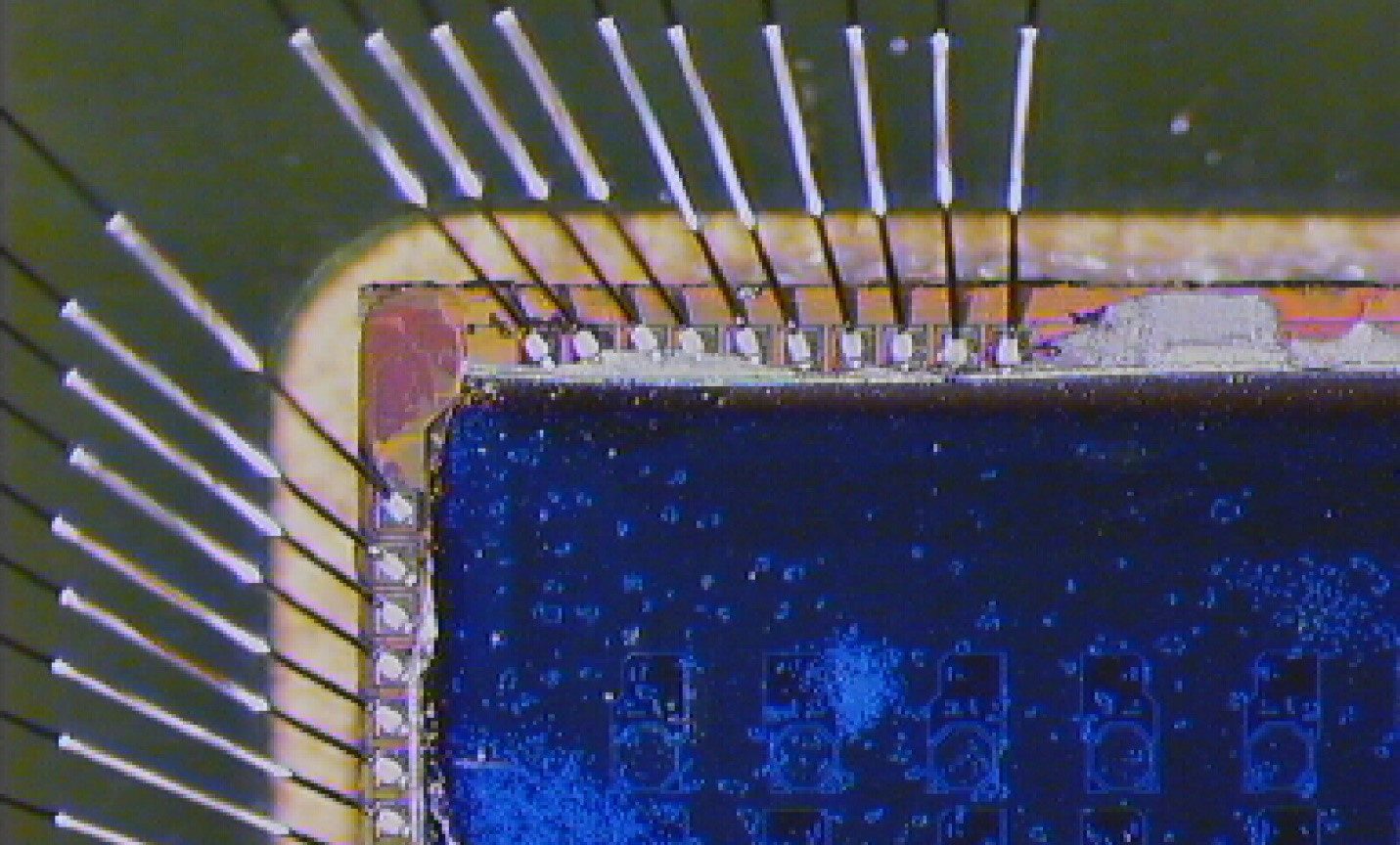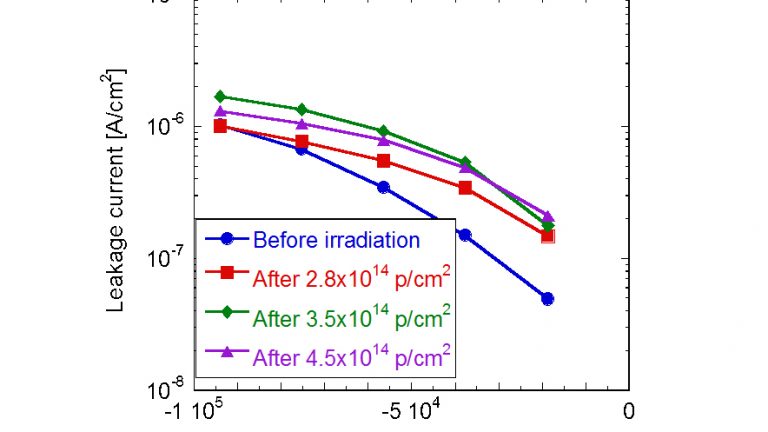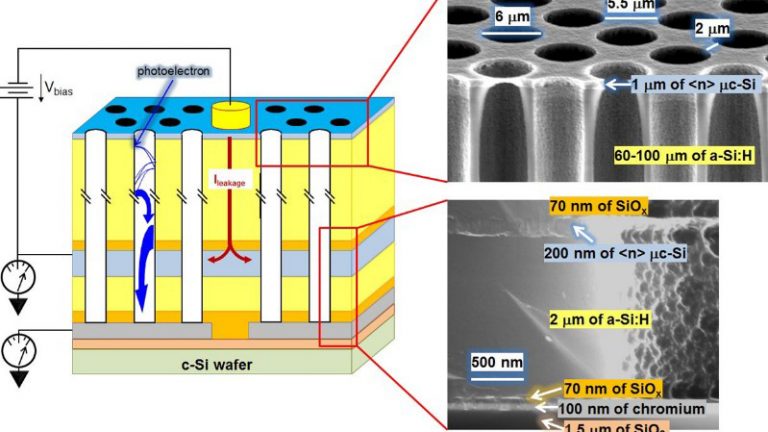Sensors


Radiation resistant detectors
The disordered structure and the relatively high hydrogen content render a-Si:H very radiation hard. Thick a-Si:H diodes exposed to a proton beam of 24 GeV up to a fluence of ca. 1016 exhibited an increase a loss of their leakage current by a factor of 2 and fully recover with annealing at 100 for 24 hours. This material is therefore very attractive for the active layer of particle detectors.

Vertically integrated detectors
a-Si:H diode diodes can be deposited directly on top of a readout electronics to create monolithic detectors for visible light imaging or particle tracking. Array of diodes are the defined by the electronic readout pads.

Microchannel plate
Microchannel plates (MCP) are vacuum-based electron multipliers for particle detection with applications ranging from image intensifiers to single-photon detectors. PV-Lab is developing MCP made of a-Si:H instead of lead glass. This new detector scheme should allow for monolithic integration with the readout electronics and minimal dead time.